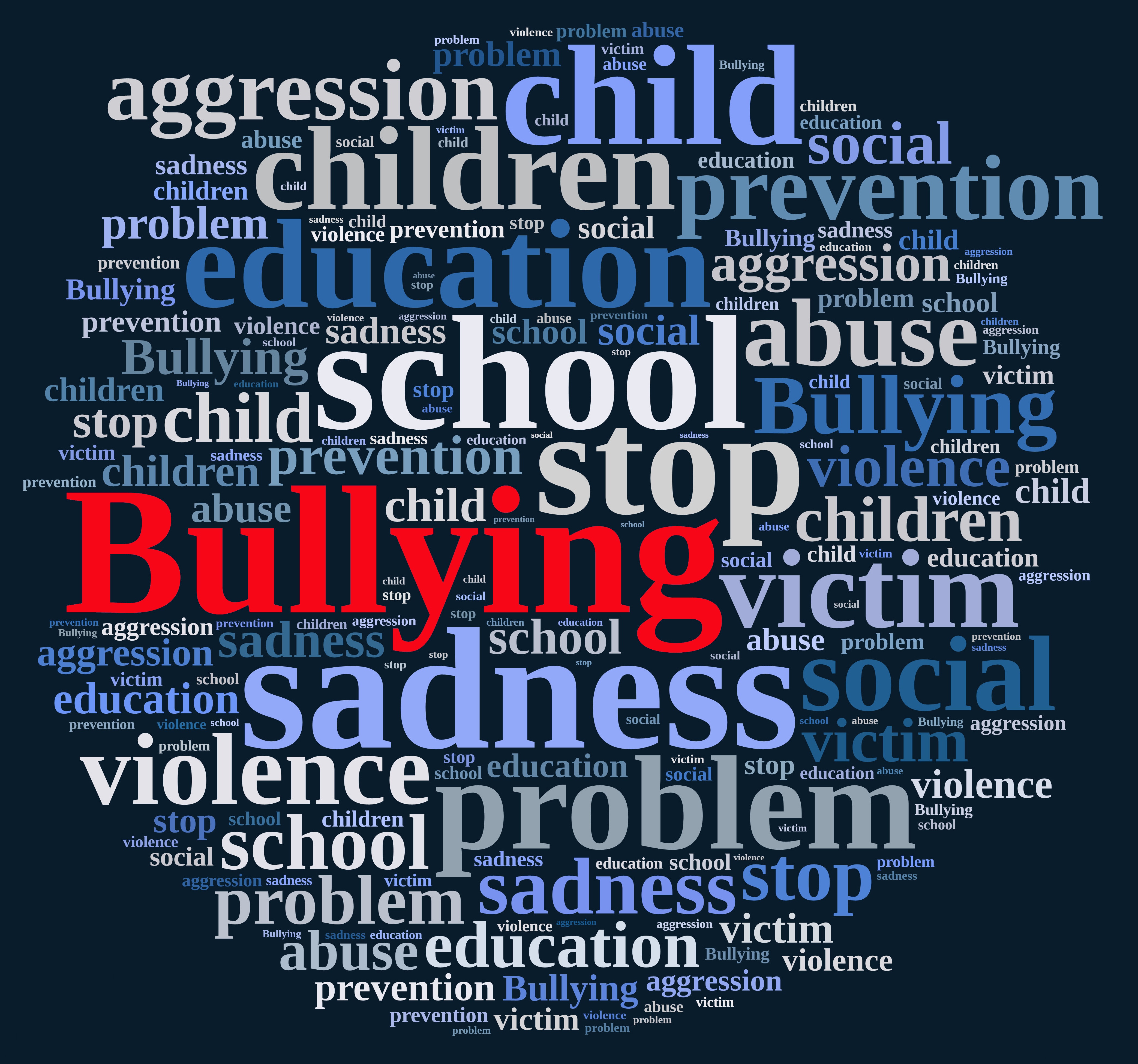With as many as one in three students experiencing some form of victimization in school by peers, there is a good chance that someone is noticing.
To empower bystanders to help reduce bullying, Damion Grasso, a trained clinical psychologist and researcher in the field of childhood victimization and trauma, leads UConn Health’s Students Against Violence in Schools (SAVS) program.

The program, sponsored by the Department of Psychiatry, trains volunteer medical students to facilitate interactive workshops at local elementary schools on how to use the bystander approach to help reduce incidents of peer victimization.
“We stress to kids how doing nothing or not reporting it can fuel the situation and make it worse for their classmate,” said Grasso. “By being good bystanders they can help promote a non-violent school culture and healthy relationships among students.”
Peer victimization can come in many forms including physical violence (shoving, pushing), psychological abuse (verbal harassing and threatening), social exclusion and humiliation (spreading rumors), and also cyberbullying – the use of social media, phone texting, and picture sharing aimed at taunting, humiliating, and threatening peers, said Grasso.
Victimized youth are at greater risk for experiencing symptoms of depression, anxiety, and traumatic stress, may experience impairment academically or socially, and in some cases, have taken their own lives as a last desperate attempt to end the violence. Moreover, the adverse effects of peer victimization can extend well into adulthood.
Currently, UConn Health’s SAVS is working to partner with a handful of local schools to provide workshops in the upcoming 2016-2017 school year. Local schools interested in having a future workshop can email Grasso.
The workshops engage school-aged students in active discussion and role-play scenarios to:
- Define and identify emotional and physical forms of violence
- Explain the consequences of violence for both victims and perpetrators
- Describe the role of bystanders in preventing and addressing violent behavior
- Outline specific steps to take when encountering violence, directly or indirectly
- Identify school, local, and national resources for seeking help and guidance
Tips for children to help reduce peer victimization:
- Don’t sit passively in the presence of bullying (Recognize that you can unknowingly endorse the behavior if you stay silent while witnessing it).
- Inform a trusted adult or school resource of bullying behavior. (This is important as schools are paying more attention to this type of misbehavior).
- Be inclusive. (Inviting other kids to join your circle of friends at lunch or elsewhere can go a long way to promoting healthy relationships and preventing peer victimization).
Tips for parents:
- Keep a healthy and open dialogue with your child about peer victimization in school and online.
- Recognize and address any changes in your child’s behavior or mood (peer victimization can carry similar warning signs as depression).
- Take advantage of online resources to learn more about bullying.
- Research the school’s policies and resources around peer victimization and bullying.
- Monitor how much your child is spending on social media and on the phone. (Kids are using social media and phones at a younger age and cyberbullying is on the rise).
For UConn health professional students wishing to get involved in UConn Health’s SAVS program there is an informational session on Tuesday, September 6 from 12 -1 p.m. in conference room LG066 or you can email Grasso for more information.



